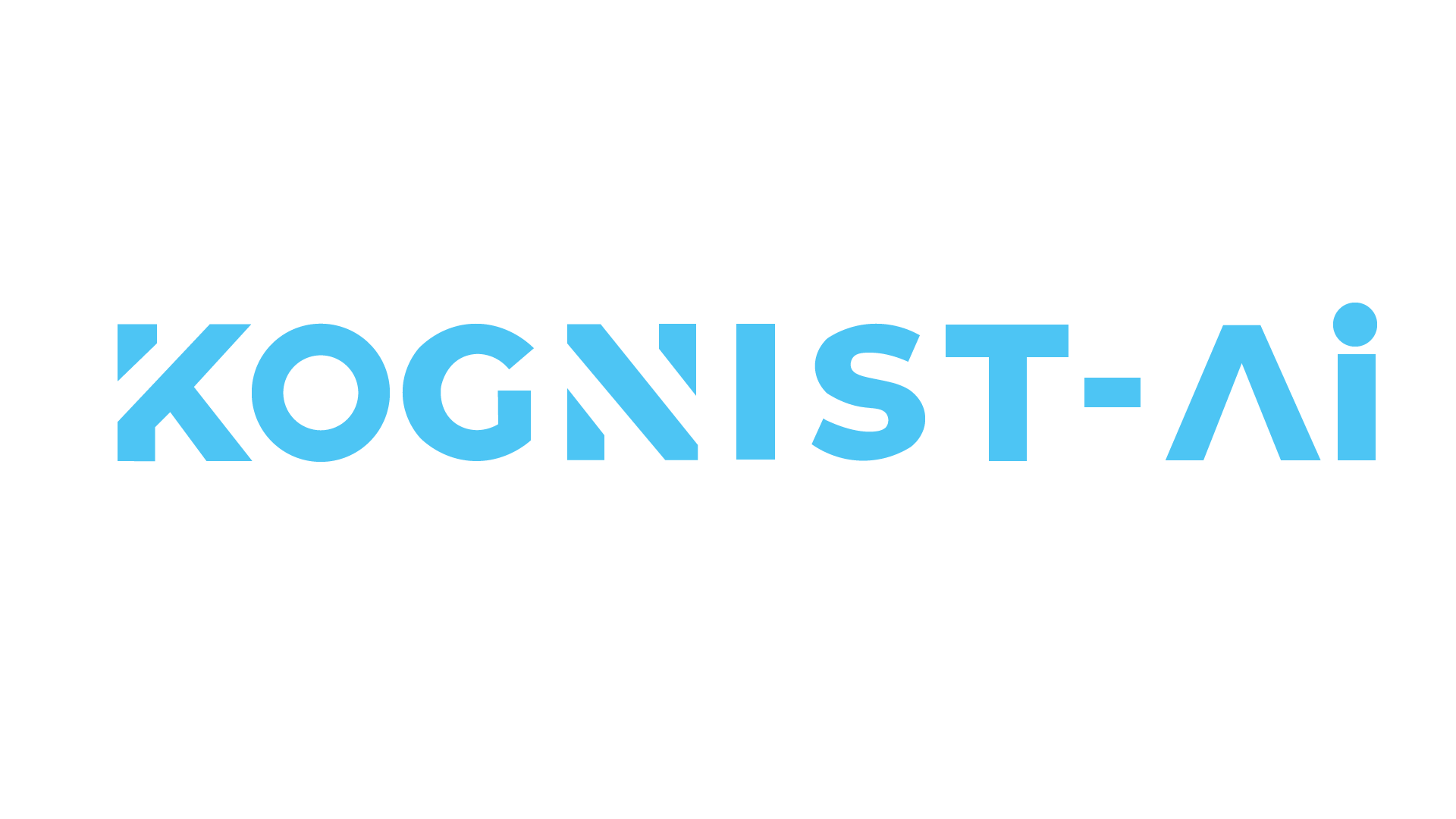Artificial Intelligence (AI) and computer vision are revolutionizing industries worldwide. These technologies enable machines to interpret and make decisions based on visual data, akin to human sight but often with greater accuracy and speed. Their integration across domains like retail, security, healthcare, and beyond is driving innovation and operational efficiency. Let’s delve into how AI and computer vision are reshaping these key sectors.
Retail: Enhancing Customer Experience and Operational Efficiency
In retail, computer vision enables seamless shopping experiences and efficient store management.
- Automated Checkouts: Stores like Amazon Go use AI-powered systems to allow customers to pick items and leave without waiting in checkout lines. Cameras and sensors track the items, and payments are processed automatically.
- Inventory Management: Computer vision helps retailers maintain optimal inventory levels by tracking shelf stock in real-time. This reduces overstocking and stockouts, improving customer satisfaction.
- Personalized Shopping: AI analyzes customer behavior through in-store cameras, tailoring recommendations and promotions to individual preferences.
- Loss Prevention: Advanced surveillance systems detect shoplifting or unusual activity, minimizing theft.
Security: Strengthening Surveillance and Safety
In security, AI and computer vision provide robust tools for monitoring, detection, and response.
- Surveillance Systems: Smart cameras equipped with facial recognition and anomaly detection identify potential threats in real-time, enhancing public safety.
- Intrusion Detection: AI-powered systems detect unauthorized access and trigger alerts, ensuring secure environments in homes, offices, and sensitive areas.
- Forensic Analysis: Law enforcement agencies use computer vision to analyze video footage, identify suspects, and reconstruct events with precision.
- Traffic Monitoring: AI-driven systems monitor traffic patterns, detect violations, and manage congestion effectively, ensuring safer roads.
Healthcare: Revolutionizing Diagnosis and Treatment
Healthcare is one of the most impactful domains for AI and computer vision, enabling early diagnosis, personalized treatment, and operational efficiency.
- Medical Imaging: AI analyzes X-rays, MRIs, and CT scans to detect conditions like cancer, fractures, and neurological disorders with exceptional accuracy.
- Surgical Assistance: Robots powered by computer vision guide surgeons, improving precision in complex procedures.
- Patient Monitoring: AI tracks patients’ vital signs in real-time, alerting healthcare providers to potential emergencies.
- Telemedicine: Computer vision enhances remote consultations by analyzing video inputs for physical symptoms, expanding access to quality healthcare.
Manufacturing: Streamlining Production Processes
The manufacturing sector leverages computer vision to ensure quality, safety, and efficiency.
- Quality Control: AI inspects products on assembly lines for defects, ensuring high-quality standards.
- Predictive Maintenance: Vision systems detect wear and tear in machinery, preventing costly breakdowns.
- Automation: Robots with computer vision perform repetitive or hazardous tasks, reducing human error and workplace injuries.
Agriculture: Boosting Productivity and Sustainability
AI and computer vision are driving a new wave of precision agriculture.
- Crop Monitoring: Drones equipped with cameras and AI analyze crop health, soil conditions, and pest activity, optimizing yields.
- Livestock Management: Computer vision monitors livestock health and behavior, enhancing farm efficiency.
- Harvest Automation: Robots identify ripe produce and harvest them, reducing labor costs and improving efficiency.
Conclusion
AI and computer vision are reshaping the way industries operate, offering unparalleled capabilities in efficiency, accuracy, and innovation. As these technologies continue to evolve, their potential to solve complex challenges and improve lives will only grow. For businesses, early adoption and strategic integration of AI and computer vision are key to staying competitive and driving long-term success.
The future is visual—and it’s powered by AI.


